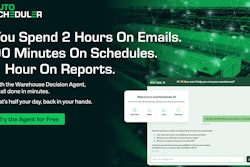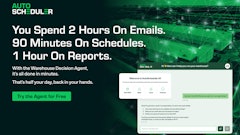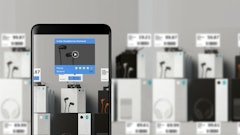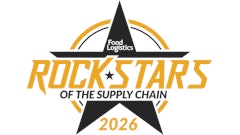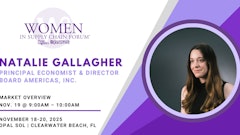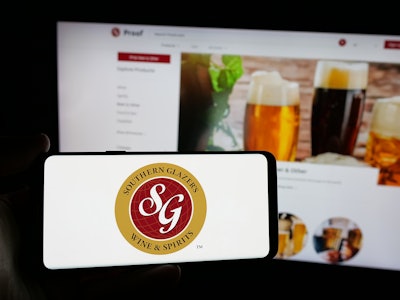
In beverage alcohol sales, the landscape is ever-evolving. As such, the need for timely, relevant and localized insights has never been greater. Across on- and off-premise accounts, retailers and operators are under pressure to not only stay on top of trends but also anticipate shifts in consumer behavior and do so both quickly and efficiently.
Based on these changing needs, here’s how insights can be better delivered and activated across a network. The goal is to help customers make faster, more informed decisions about what to stock and when to stock it, in a way that fits their unique business type and consumer base.
Listening first, then building a smarter approach
Conversations with retailers and hospitality operators made one thing clear: while many are skilled at spotting emerging preferences among their customers, turning those observations into action can be time-consuming. Tracking broader trends, identifying new product opportunities, and staying aligned with seasonal and geographic demands adds another layer of complexity.
These insights prompted the development of a proactive strategy that focuses on streamlining access to relevant information. Rather than adding more data for customers to sift through – which is time consuming and tedious – the approach centers on providing fewer but more meaningful updates, guided by four core principles:
● Timeliness: Sharing insights ahead of key seasonal moments and consumer demand shifts.
● Customer fit: Tailoring recommendations based on account type and business format.
● Local relevance: Prioritizing what’s working in a specific region or market, not just nationwide.
● Consumer lens: Aligning suggestions with demographic and cultural preferences in the local area.
The objective isn’t to overwhelm operators with information but to distill complex market signals into digestible, actionable suggestions.
Supporting smarter inventory, marketing and merchandising
The value of a smarter approach comes down to three key areas that many retailers and hospitality businesses care most about: inventory alignment, trend visibility and quick access to new opportunities.
Better inventory alignment. Operators want to avoid being under- or over-stocked, especially during peak seasons or holidays. Localized forecasting, paired with category and product-specific insights, helps businesses plan ahead and reduce last-minute scrambling. To support this, an intelligent product reorder feature bases each customer’s unique purchasing patterns. By identifying typical reorder intervals and aligning them with anticipated demand, this tool is designed to help businesses maintain optimal inventory levels. It ensures they are well-stocked when it matters most while avoiding excess product that ties up capital.
Clearer visibility into trends. Trends can be hyperlocal. What’s popular in one city may barely register in another. That’s why regional insights are a focus; providing trend reports tailored to each customer’s business type, location, and consumer profile. From low-ABV cocktails to premium tequila to flavored ready-to-drink offerings, these reports help businesses stay ahead of what’s catching on in their specific market. With clearer visibility, operators can fine-tune their product mix and make more confident decisions about what to feature and when.
Faster access to new product opportunities. The pace of innovation in beverage alcohol continues to accelerate. Retailers and operators are increasingly looking for support in identifying which new launches align with their customers’ preferences and are likely to perform well in their specific environment. To meet this need, make customers aware of new products through multiple channels. By filtering new offerings through a regional and consumer-relevant lens, this approach helps customers move beyond trial-and-error and adopt the most promising products more efficiently.
Moving toward a more predictive, partnership-oriented model
Ultimately, the goal of this effort is to shift from a reactive to a more predictive model, one where insights and recommendations are delivered before demand peaks, not after. When a retailer is prepared for a product to take off before it trends, it’s not just about increasing sales; it’s about building trust with their consumers.
The broader takeaway for supply chain leaders and marketers alike is that personalization and timing matter just as much in B2B as they do in B2C. Distributors, suppliers and retailers who can align on shared data, local trends, and actionable insights are better positioned to succeed in a highly fragmented and fast-moving market.
As beverage alcohol continues to evolve, with shifting consumer tastes, new formats, and more nuanced preferences, delivering the right products at the right time will remain both a challenge and an opportunity. Meeting that moment requires a thoughtful blend of data and collaboration across the entire supply chain.






